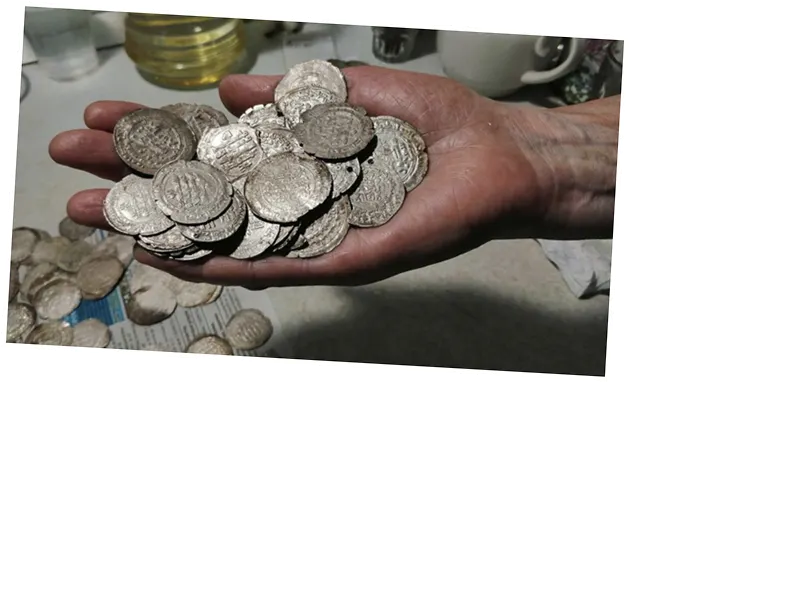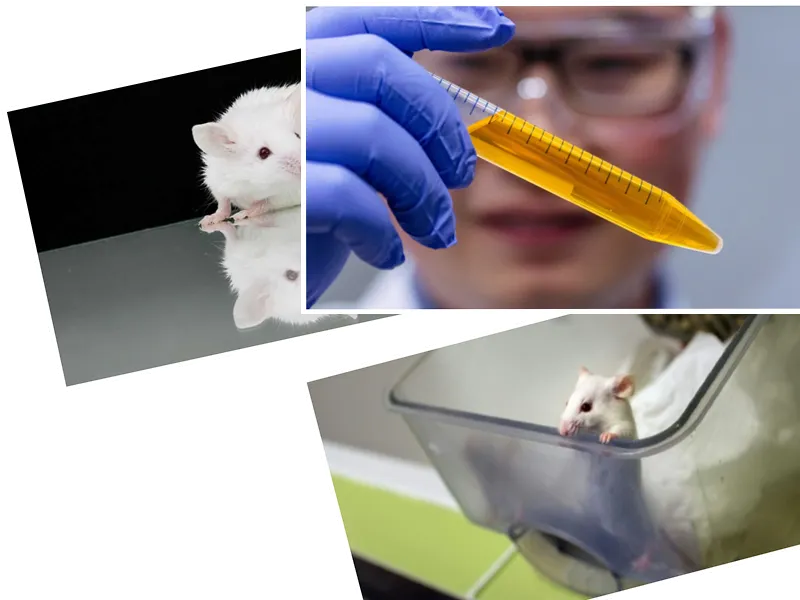Discovery of Ancient Red-Dyed Fabric in Judean Desert
A 3,800-year-old piece of red fabric has been discovered in the caves of the Judean desert, offering the earliest evidence of fabric dyed with oak aphid, identified as the biblical 'second worm.' This prestigious dye, mentioned 25 times in the Bible, was used for luxurious clothing and ritual textiles.
The fabric, less than 2 centimeters in size, was found in the Cave of the Skulls during excavations by the Antiquities Authority and the Hebrew University. Despite its small size, the bright red hue caught the researchers' attention. Analytical equipment confirmed that the woolen weft threads were dyed using the oak aphid, while the linen sheshti threads remained uncolored.
Importance of the Oak Aphid Dye
The dye, produced from the female oak aphid, was highly valued in the ancient world. The short collection period, difficulty in locating the small aphids, and the limited amount of dye extracted contributed to its prestige. Historical trade documents and biblical references highlight its significance. The advanced HPLC device was used to identify the dye down to the aphid species, confirming the use of Kermes vermilio from the second oak tree, common in the Mediterranean region but not in Israel.
Implications of the Discovery
This discovery narrows the gap between written sources and archaeological finds, providing important evidence of the established fabric dyeing industry in the Middle Bronze Age. It also indicates extensive trade relations and the presence of a high-class population. The research, published in the Journal of Archaeological Science: Reports, was a collaborative effort by the Antiquities Authority, Bar-Ilan University, and the Hebrew University of Jerusalem.
- The red dye from oak aphids was also mentioned in ancient trade documents, such as cuneiform documents from Mesopotamia dating back to 1425 BC. The discovery of this fabric in the Judean desert provides the earliest evidence of woolen fabric dyed with oak aphid.
- The advanced analytical device, HPLC, commonly used in biology and chemistry laboratories, played a crucial role in identifying the dye's source. It allowed researchers to determine with high probability that the fabric was dyed using the species of oak aphid Kermes vermilio.
- The discovery is a significant contribution to understanding the ancient dyeing techniques and trade relations. It reveals that the knowledge of dyeing wool fibers with aphids was already established in the Middle Bronze Age, about 3,800 years ago.






